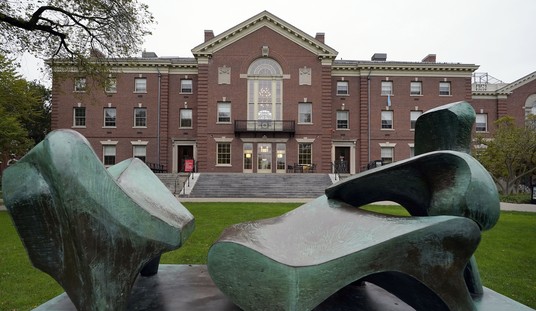Jefferson County, Alabama has just established a new place in the record books, though not one most folks would aspire to. (We’ll leave aside for the moment the people who want to have the largest number of dancers to Michael Jackson’s “Thriller” as being outside the bell curve.) The municipality recently became the largest such unit in the country to file for chapter nine bankruptcy protection.
Jefferson County, Alabama, filed the biggest U.S. municipal bankruptcy after an agreement among elected officials and investors to refinance $3.1 billion in sewer bonds fell apart.
The county, home to Birmingham, the state’s most-populous city, listed assets and debt of more than $1 billion in Chapter 9 papers filed today in U.S. Bankruptcy Court in Birmingham.
The county’s bankruptcy attorney, Kenneth Klee, said the filing was necessary because talks with creditors and the receiver in charge of the sewer system built by the bonds broke down.
One of the distinguishing features of this case is that the problem hit deep in a red state with a somewhat more sparse population. Previously, we were used to seeing these situations being more common in blue states with high tax rates, massive spending, and fleeing populations. (The previous record holder was Orange County, California.) We’ve got a few similar municipalities teetering on the edge of this in New York as well.
So what went wrong? It’s not nearly as simple as a bad bet on a sewer system, which every major population center must deal with anyway. It’s how they financed it and, perhaps more to the point, when they arranged the deal. This was all coming down in 2008 just as the system was getting ready to collapse and Jefferson County was caught up in a bond scheme with many of the same terms we’ve read about in other fiscal disasters.
Jefferson County was a victim of the credit crisis in 2008. The sewer system’s floating-rate securities were coupled with interest-rate swaps, in which two parties make periodic payments based on an underlying measure of borrowing costs.
The contracts, arranged by New York-based JPMorgan, were supposed to save money by offsetting the floating rates the county paid and giving it a fixed rate that was lower than on traditional bonds. The strategy backfired in early 2008 as the subprime-mortgage market meltdown sent ripples through Wall Street, undermining the credit ratings of companies that insured Jefferson County’s bonds.
Investors dumped the bonds and the county’s interest costs soared. When banks demanded early payoffs of the bonds, the county defaulted. The swaps exposed the county to hundreds of millions of dollars in fees to refinance.
Former Commissioner Larry Langford was convicted of accepting bribes in connection with the sewer financing, and two associates pleaded guilty in the scheme.
Two former bankers at JPMorgan are fighting a U.S. Securities and Exchange Commission lawsuit alleging that they made $8 million in undisclosed payments to friends of commissioners to secure a role in the deals. JPMorgan separately agreed to a $722 million settlement with the SEC.
This only goes to show that nobody is immune from bad paper. This isn’t over by a long shot, and nobody currently in power seems to have come fully to grips with how to solve it. In the meantime, Jefferson County will rearrange all of their assets and debts as they seek to move out of this swamp of debt. One thing is for sure, though, as noted in the linked article. Taxpayers have already seen their municipal sewer bill rates and property taxes more than quadruple in the last decade. They can expect to see them rise even further as part of the “solution” to this crisis. If the end result is driving residents away, there are less people to pay the tab. We all know how the story ends from there, and it’s very sad.








Join the conversation as a VIP Member